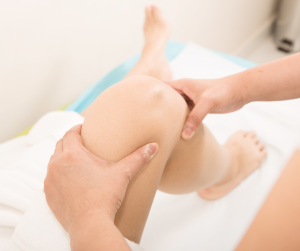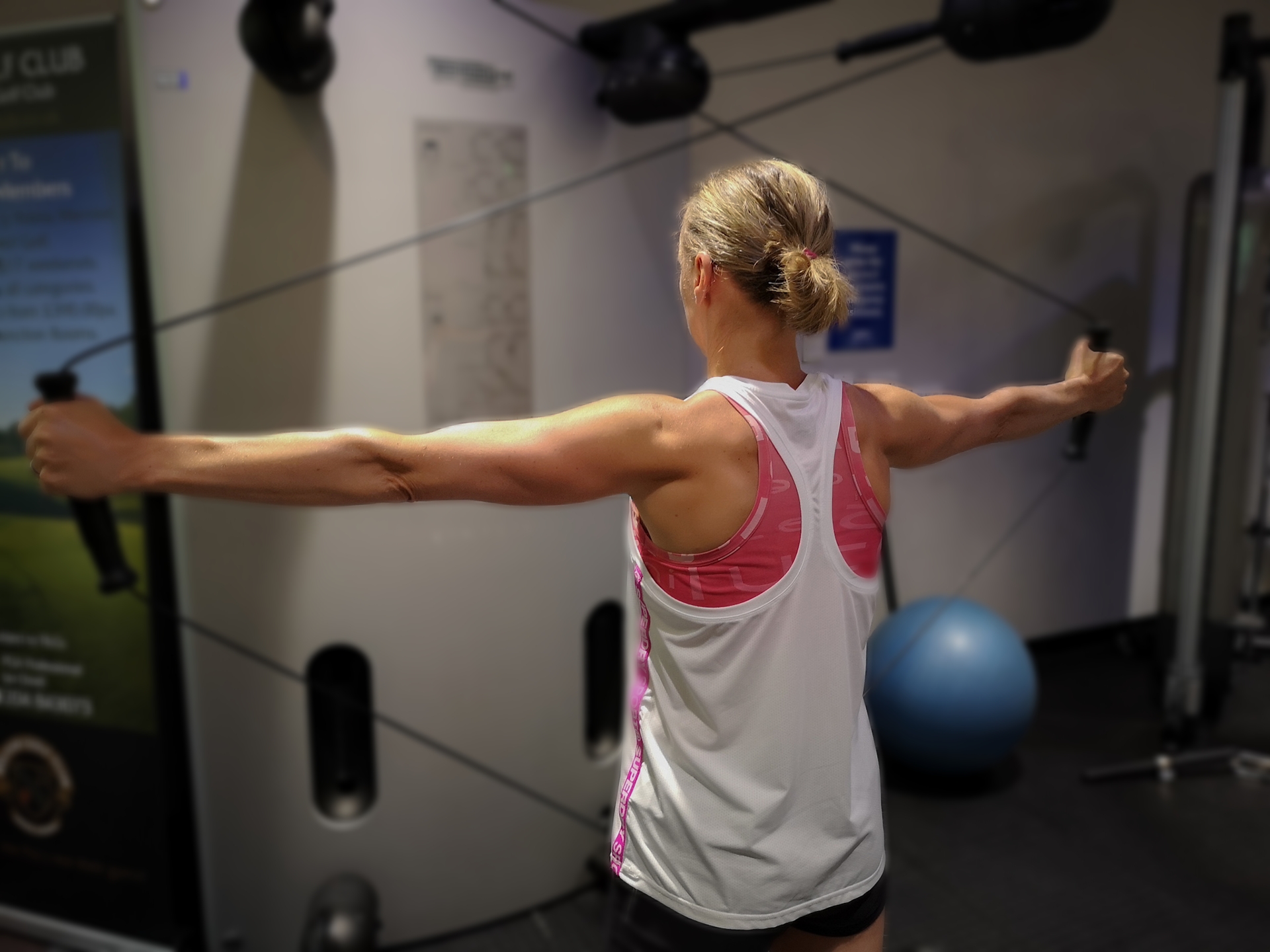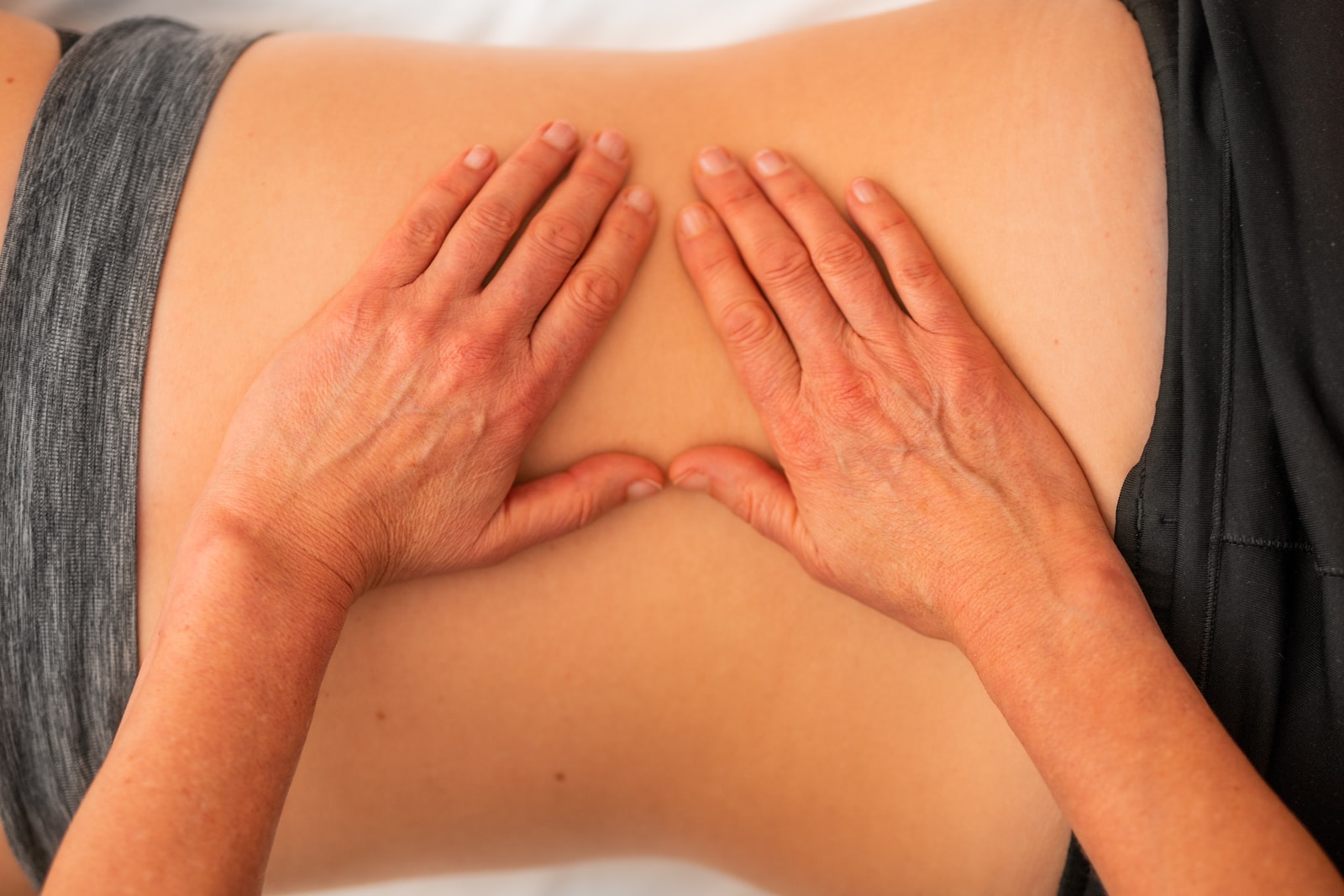Strength Training With Alex
STRENGTH TRAINING IS USEFUL IN NOT ONLY INCREASING STRENGTH BUT IN HELPING TO PREVENT AND RECOVER FROM INJURY
You might already do it, or be wary of using weights in your training. Perhaps you don’t believe it will benefit you or worry it puts you at risk of injury.
Whilst there’s always a risk, just like with any activity, when done correctly, strength training is a great way to increase your injury resilience. It can be invaluable to improving your performance in your own sport/activity and developing strong muscles to keep you moving well in your daily life.
Incorporating resistance training into your workouts has the benefits of increased muscle strength and power, whilst increasing bone density, protecting against loss of cartilage and maintaining strong tendons.
So, how can it go wrong? Here are some common areas where things tend to break down:
FORM
Not only is correct form important to your ability to complete your lifts and for achieving the desired results. But, we can prevent putting unnecessary strain on muscles and reduce the risk of injury by making sure we are moving correctly.
Take the deadlift, for example, getting your positioning right from the start can affect the rest of the lift. And if you don’t pay attention to maintaining that good positioning throughout, you can overload the muscles in the lower back, instead of sharing the load throughout the body.
This doesn’t mean deadlifts aren’t safe.
They are a brilliant exercise for building hamstring and lower back strength. And are commonly used in rehab to develop strength in the posterior chain (back of the body). Pay special attention to how you’re moving during your lifts and you’ll get the maximum benefit.
It is crucial to master these movements to rebuild control, stability and foundational strength before progressing to the next phase. I would usually focus on one plane of movement (for example forward) before progressing to exposure in different planes (sideways) as well as going from double leg to single leg to increase difficulty.
In a non-athlete/inactive population, this could simply be a sit to stand with its progression to bias one leg.
Below are a couple of examples of exercise progressions for the lunge movement pattern:
INTELLIGENT PROGRAMMING
You may have heard the term “progressive overload” which refers to the process of gradually increasing the volume or intensity of your training. In terms of weight training, this could be weight, repetitions, or frequency, depending on your goal. In powerlifting, commonly weight is increased over time with a periodised programme. With a goal of building to a one repetition maximum. The purpose of following a programme is not simply just for the goal of improving in strength, but to avoid injury! Developing and working on a structured programme can help avoid overtraining and breakdown of form due to fatigue. It closely monitors training volume, frequency, and intensity, keeping you as safe as possible from injury.
Finally, an underappreciated but important factor in a programme – rest! It might seem like the more you train, the better you’ll get but, this can be counterproductive. I’ve had a few people tell me they’ve trained 7 days a week or added in an extra run because they felt good, or because their next week is too busy. Your body needs rest to recover, and this isn’t exclusive to weight training, it’s the same for all sports and disciplines. You’ll soon start to feel the effects if you frequently skip your rest day. If you can’t sit still, try something lighter; take a steady walk, or do some gentle yoga as an active recovery but allow your body a break from your normal routine and intensity.
MOBILITY
One key aspect found to be linked to injury risk in strength sports is lack of mobility. For example, due to some extreme positions achieved in Olympic weightlifting, restrictions to range of motion (ROM) can cause compensatory movements elsewhere in the body. For example, limited ankle ROM in the bottom of a squat can result in increased strain on the lumbar spine as a result of trying to adapt to find the optimum position. In everyday life, differences in ankle ROM can have an effect on your gait, whether this is running or walking. Just think about how many times your foot hits the ground during these activities; we want to make sure everything moves as smoothly as possible.
The ankle can become restricted because of muscular tightness of the calf or restrictions within the ankle joint itself. A quick assessment of the ankle joint using the knee to wall test can help to determine what is causing ankle tightness. A feeling of a stretch in the calves can suggest muscular tightness whereas a “pinch” like feeling in the front of the ankle joint can suggest a joint restriction. We can utilise different mobility drills to tackle each of these issues.
ACCESSORY LIFTS
Whilst squats and deadlifts are great examples of exercises that target multiple muscles (a compound exercise) and both sides of the body all at once, sometimes we need to work on individual muscles or individual limbs to make sure we don’t have imbalances in the body. To keep it simple, if you’ve ever noticed one leg or one arm is stronger than the other, accessory lifts could be a great addition to your training. In relation to injury prevention in daily life, you probably favour your dominant side. If you’re right-handed, you might lift everything with this arm. Maybe you work in a shop and are constantly lifting objects overhead onto shelves with both arms. It’s possible to develop some irritation in this instance but, to try to prevent this, we can make sure both arms are of equal strength by incorporating exercises like a dumbbell shoulder press. Using dumbbells for this exercise requires certain muscles in the shoulder to activate. This provides the joint with stability throughout the movement and it ensures that both arms are pushing the same weight. As a result, the benefits will transfer into your everyday life and work towards keeping you injury free.
Imbalances when doing a squat could lead to one leg working harder than the other, meaning that not only is the leg taking more of the load but changing the way you are moving as a whole. Leaving you susceptible to other injuries. One great exercise for developing single leg stability, coordination and strength is a Bulgarian split squat. This is performed like a lunge but with the back foot elevated onto a bench or box and can be weighted as appropriate. This variation of a squat challenges balance, and stability and develops your awareness of how your leg is moving which are all important attributes in the standard squat.
WE HOPE YOU’VE ENJOYED THESE TIPS FROM OUR PHYSIO ALEX
Alex has been involved in Olympic weightlifting for the past 3 years as both a coach and athlete, She really understands the importance of being able to participate and perform whilst pain and injury free.
She is based at our Wrightington clinic and specialises in rehabilitation to ensure that all of her clients moving well, without pain, to provide them with a better understanding of their injury, and to support them in getting back to doing what they love in life.
If you’d like to book an appointment with Alex you can do so here or give us a call on 0800 731 2738.






